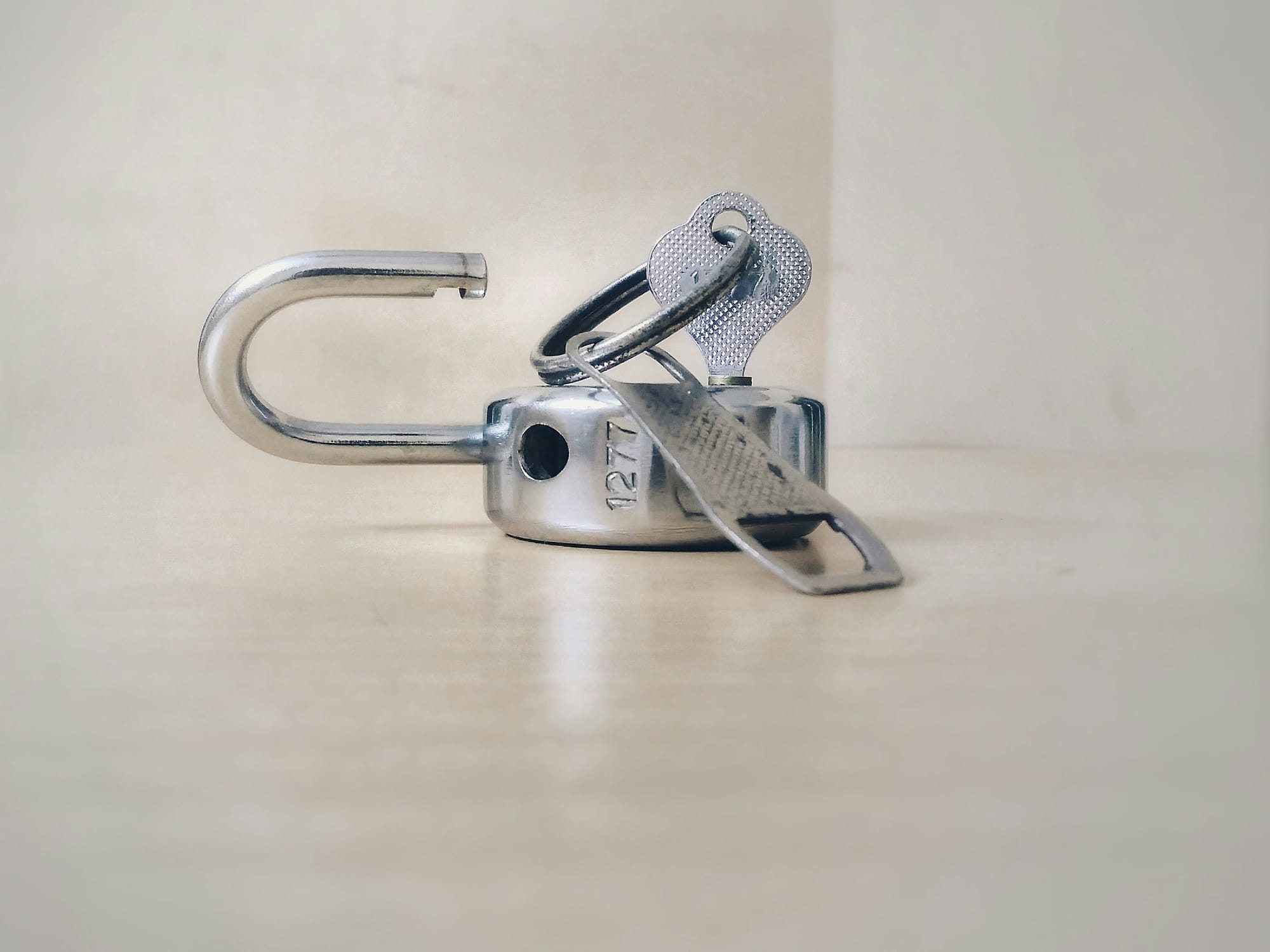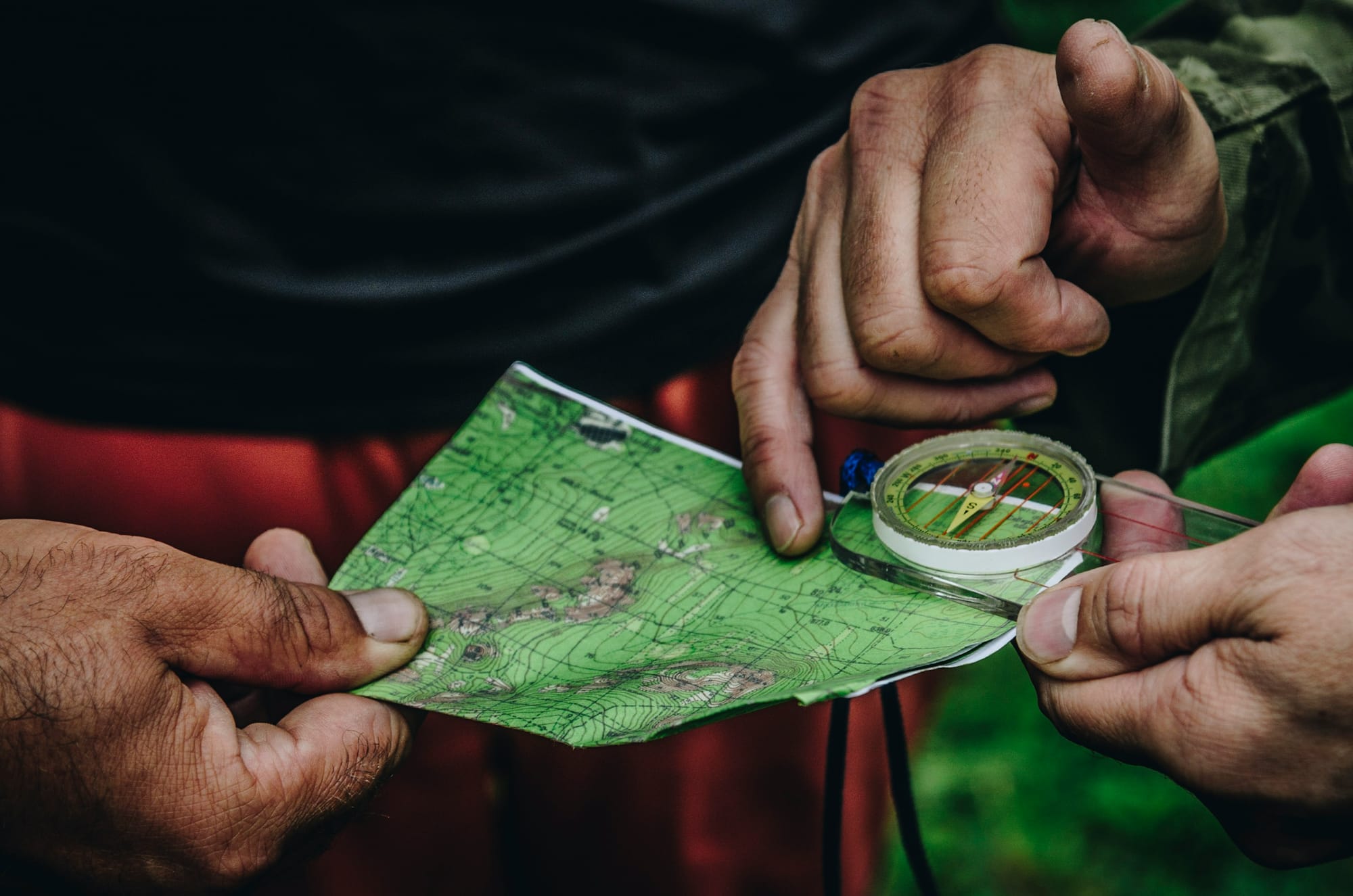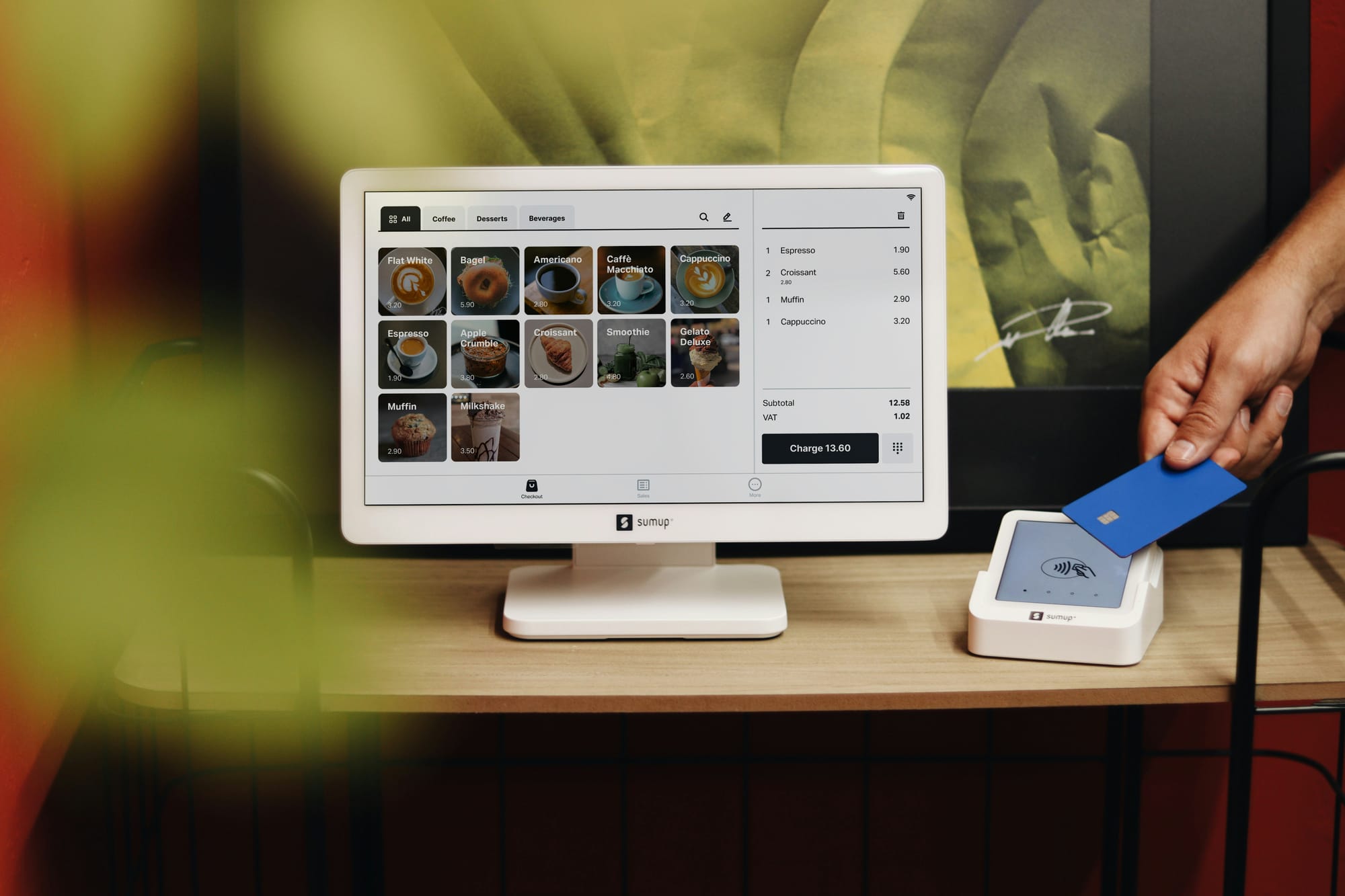CRO on-page optimization
For any online business, increasing conversion rates is a top priority. Conversion rate optimization (CRO) is the process of refining your website to maximize the percentage of visitors who complete a desired action, such as purchasing a product or signing up for a newsletter. CRO on-page optimization, specifically, focuses on making strategic changes to individual elements on your pages to guide users towards conversion.
In this article, we’ll explore effective CRO on-page optimization strategies, discuss how these tactics impact user experience, and highlight actionable steps you can take to improve your website’s performance.
Why CRO on-page optimization matters
Before diving into strategies, let’s take a moment to understand why CRO on-page optimization is essential. CRO aims to improve your site’s ability to convert traffic without necessarily increasing the volume of visitors. This makes it a cost-effective approach for achieving growth.
Optimizing on-page elements for CRO not only enhances user experience but also helps in building trust, improving engagement, and guiding users towards conversions. The right CRO on-page optimization efforts can transform your website into a conversion machine, turning more visitors into leads, customers, or subscribers.
Key CRO on-page optimization strategies
1. Optimize Calls to Action (CTAs)
One of the most powerful elements of on-page CRO is the call to action. CTAs guide users to take the next step, so they should be prominent, clear, and persuasive.
- Use action-oriented language: Instead of generic text like “Submit” or “Click Here,” opt for action-oriented phrases that convey value, such as “Start My Free Trial” or “Get My Discount.”
- Make CTAs stand out: Use contrasting colors, larger buttons, and white space around CTAs to ensure they catch the eye and are easy to find on the page.
- Position strategically: Place CTAs where users are most likely to see them. Above-the-fold CTAs are effective, but you can also add CTAs throughout the page to cater to users who may take more time to decide.
2. Simplify form fields
If your conversion goal involves a form - whether for collecting leads, processing orders, or gathering information - make sure the form is as short and simple as possible.
- Ask for essential information only: Request only the information you need to complete the desired action. Studies show that reducing form fields can lead to a substantial increase in form completions.
- Use auto-fill and dropdowns: Auto-fill options and dropdown menus simplify form completion and create a smoother experience for users.
- Add visual cues: Show visual feedback (e.g., green checkmarks) when users complete a section correctly. This helps build confidence and reduces abandonment.
3. Enhance page load speed
Fast-loading pages improve user experience and are critical for conversion rates. Studies indicate that a one-second delay in load time can result in a 7% reduction in conversions. This makes page speed optimization a crucial on-page CRO tactic.
- Optimize images: Compress images without compromising quality. Tools like TinyPNG or ImageOptim can help reduce image sizes significantly.
- Use browser caching and minify code: Enable caching for frequently accessed pages and minify HTML, CSS, and JavaScript to improve load times.
- Implement a Content Delivery Network (CDN): CDNs deliver content from servers closest to the user, speeding up load times for users worldwide.
4. Leverage social proof
Social proof, such as customer testimonials, reviews, and case studies, builds trust and encourages conversions. Showcasing positive experiences can be the extra push potential customers need to complete a purchase.
- Use testimonials: Display testimonials from happy customers, especially on landing pages and product pages. Including customer photos can make these testimonials even more compelling.
- Highlight reviews: For ecommerce sites, show product reviews directly on the product pages. Star ratings and review counts can significantly increase trust.
- Include trust badges: Trust badges like security certificates, well-known payment options, and verified logos (such as SSL or “Verified by Visa”) signal credibility, particularly on checkout pages.
5. Conduct A/B testing regularly
A/B testing, or split testing, involves comparing two versions of a page element to see which one performs better in driving conversions. Testing should be a cornerstone of your CRO on-page optimization efforts.
- Test one element at a time: Focusing on one element per test, such as CTA wording or image selection, ensures clarity in your results.
- Experiment with CTAs, headlines, and layouts: Start by testing high-impact elements like the headline, CTA button, or hero image to quickly identify what drives the most engagement.
- Analyze results and refine: Use tools like Google Optimize or Optimizely to track conversion rates for each version, then implement the changes that yield the best results.
6. Improve mobile usability
With an increasing number of users browsing on mobile devices, mobile usability is essential for CRO on-page optimization. A site that’s difficult to navigate on mobile will lead to a high bounce rate and lost conversions.
- Use a responsive design: Make sure your site is fully responsive, adapting seamlessly to different screen sizes and orientations.
- Optimize touch elements: Use larger buttons, simplified forms, and easy-to-read fonts to create a mobile-friendly experience.
- Reduce page load time on mobile: Since mobile users often have lower patience for slow sites, focus on mobile-specific optimizations like removing heavy elements and simplifying page structure.
7. Optimize for search intent
Understanding user intent can dramatically improve your on-page CRO strategy. If a page aligns well with the searcher’s intent, they’re more likely to convert.
- Match content with intent: For example, product pages should align with purchase intent, whereas blog posts may focus more on informational content.
- Create clear, relevant headings: Use H1 and H2 headings that match keywords users might search for, improving both SEO and the user’s ability to navigate the content.
- Refine meta descriptions and titles: Attractive and accurate meta descriptions can encourage users to click through to your site and set the right expectations for the content they’ll find.
8. Provide a clear value proposition
Your value proposition explains why users should choose your product or service over others. It should be front and center on your page and instantly communicate the benefits to visitors.
- Focus on benefits over features: Instead of listing product features, highlight the specific benefits and solutions your product provides.
- Use bold headlines and subheadings: Capture attention with a concise, compelling value proposition in your page’s main heading and reinforce it throughout the content.
- Add visual elements: Visuals like icons, infographics, and videos can further enhance your value proposition by conveying information quickly and effectively.
Final thoughts
CRO on-page optimization is a powerful approach for improving your website’s conversion rates without increasing traffic. By optimizing key elements such as CTAs, forms, page speed, and mobile usability, you can create a seamless experience that guides users toward completing desired actions. Additionally, leveraging tools like A/B testing and social proof can provide valuable insights into what resonates most with your audience.
A strong CRO on-page optimization strategy isn’t just about making incremental changes; it’s about continuously refining your site to align with user needs and behaviors. As you implement these tactics, keep a close eye on performance metrics and be willing to adapt. With these strategies, you’ll be well on your way to building a high-converting website that drives results for your business.
Boost your CRO with ConversionWax
-

Unlock the benefits of website personalization
-

E-commerce conversion best practices
-

Your ultimate Conversion Rate Optimization checklist
-

How to: complete a Conversion Rate Optimization audit
-

An easy guide to ecommerce website optimization
-

Your guide to Conversion Rate Optimization best practices
-

Landing page optimization - maximizing your conversions
-

Website performance optimization techniques to boost your online business
-

Benefits of website personalization for online businesses
-

How to improve your ecommerce checkout conversion

